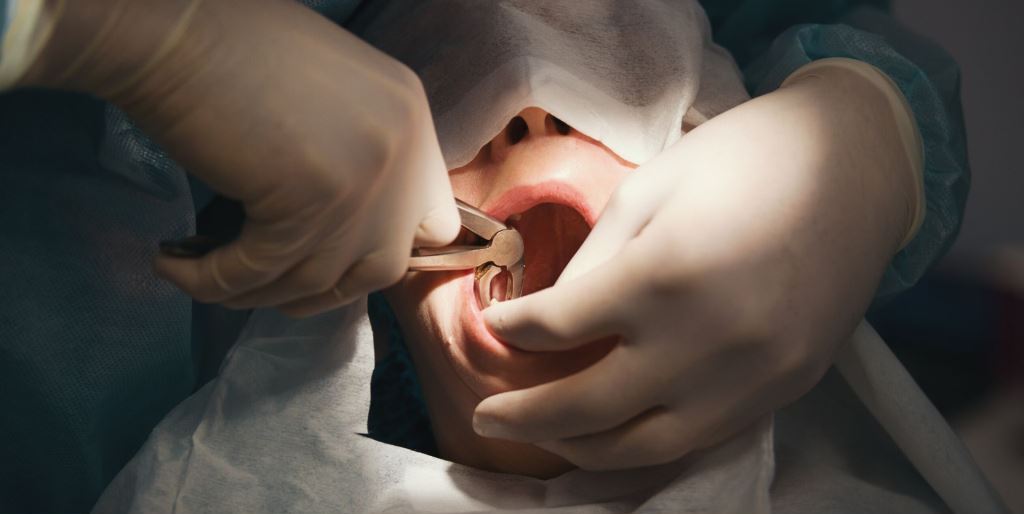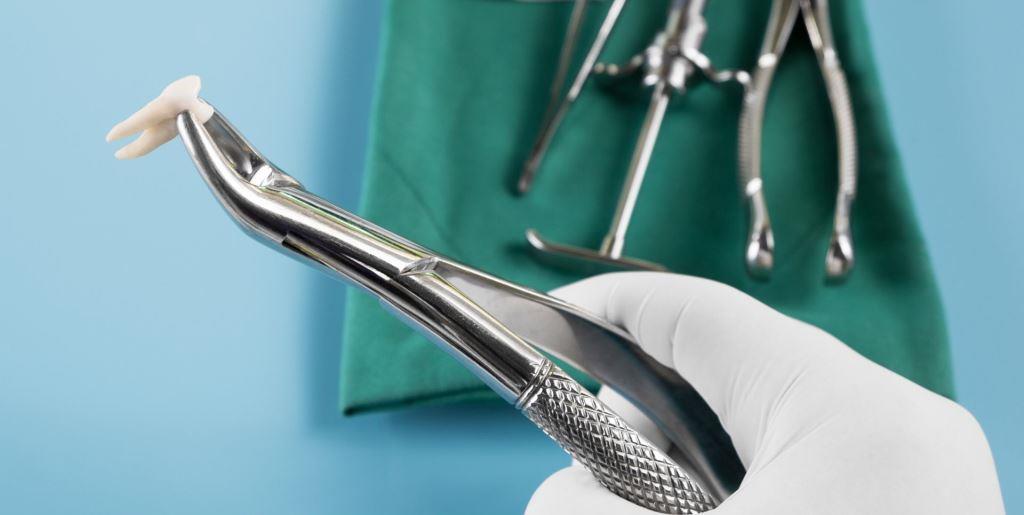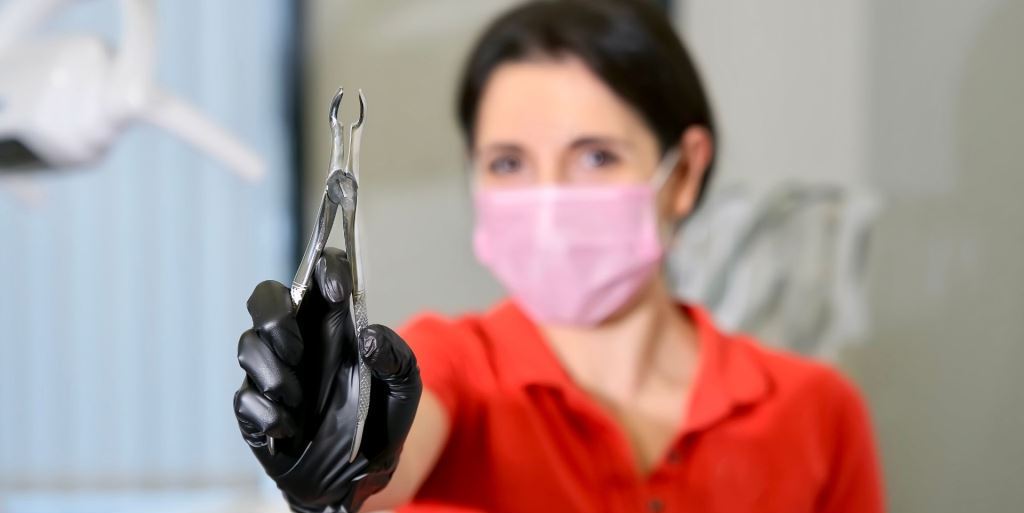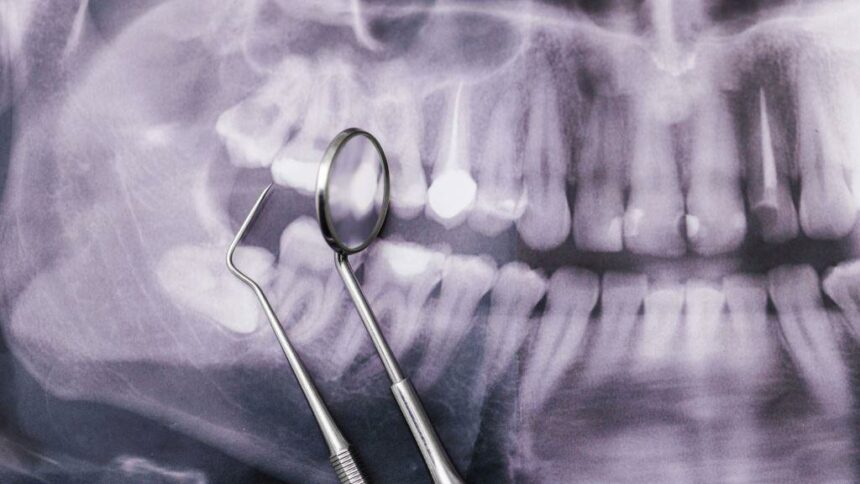You need to know that the removal of a retained tooth in the UK is a procedure that many patients shudder at. However, we have good news. There is nothing to be afraid of! Thanks to modern advances, including things like computer anaesthesia, the whole process is almost painless. Find out more about the procedure and also check out what it looks like.
Retained tooth - what does it mean?
A retained tooth refers to a fully formed tooth that is completely hidden in the jawbone. In some cases, a fragment of its crown can be seen because it has not erupted fully. Of course, it often does not look aesthetically pleasing, but this is not the biggest problem.
It can cause many unpleasant symptoms, Such as jaw pain, recurrent gingivitis or even trismus. It is therefore not uncommon for a retained tooth to need to be extracted in the UK.
Why does a retained tooth occur? The most common culprit is that the remaining teeth are too tightly positioned. There is also the late falling out of deciduous teeth, which often prevents permanent teeth from nesting in the right place.
Note: More often than not, retained teeth are not visible, because this problem mainly affects wisdom teeth. Read more about them HERE.

Removal of a retained tooth in the UK - what is the procedure like?
Importantly, removal of a retained tooth in the UK is not always a necessity. Sometimes orthodontic treatment is a lifesaver. This way, you can keep the tooth and enjoy a beautiful smile after a few months! Read more about braces HERE.
Furthermore, remember that if the retained tooth is an eight, This can affect the crookedness of other teeth. In this case, after extraction, braces may also need to be fitted.
Back to the procedure, which is the removal of a retained tooth in the UK. First you will be faced with the application of anaesthesia - this can be local, but in some cases the dentist will opt for general. This depends on the complexity of the procedure.
And what does this one look like? First, the gum is cut, so that the specialist can access the tooth. The retained tooth is then chiseled - and that's the end of the most stressful part! Now the wound is secured and sutured. Done!
You can find out more about the extraction of eights by clicking HERE.

Extraction of a retained tooth in the UK - costs
It will probably not surprise you to learn that the price of the procedure depends on its complexity. With some teeth it is relatively simple, with others the whole procedure takes a little longer. However, there is nothing to be afraid of!
The same is true of cost. The price of the treatment starts at £200. However, we have good news - at our practice, any treatment from £350 spread over 0% instalments for the first 12 months. Our scheme is 100% secure, regulated by the Financial Conduct Authority (FCA number 619628). Read more about this HERE.

Remember - don't delay visiting your dentist!
Retained teeth lead to many unpleasant consequences such as crowding of the remaining teeth, gum and jaw pain and trismus. If the retained tooth is an eighth, it can be difficult for you to work out whether it's okay and therefore whether a procedure to remove the retained tooth in the UK is necessary. This is why regular visits to the dentist are so important! If you are looking for a Polish practice in the UK that will take care of you in a relaxed atmosphere - contact us.
We know you may be concerned that the cost of treatment in the UK will be far too high. However, think about the fact that you also have to add the cost of flights to visit the dentist in Poland, and also - that you are not always able to be there in time!
Read our text: "Dental treatment plan, or costing your teeth". Here, we explain in detail how the costs of treatment break down - and which is more cost-effective. Having a friendly practice in the UK is not only useful for orthodontic treatment. Remember that, among other things, you may also need care after an extraction - and you may find it difficult to get this if you are in another country!

